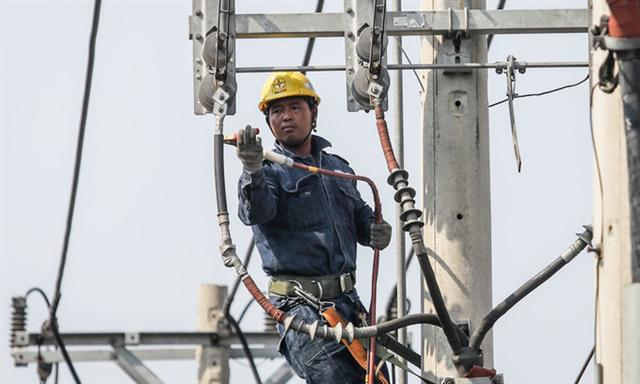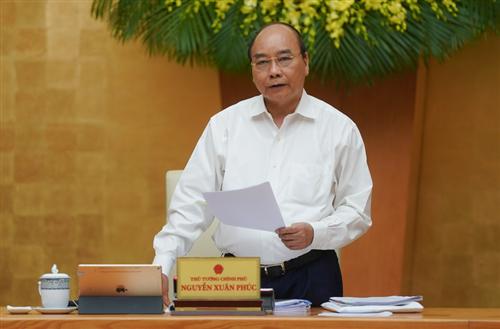Ministry calls for allowing private investment in power transmission
Ministry calls for allowing private investment in power transmission
The Ministry of Industry and Trade wants private investments allowed in power transmission, now a state monopoly, as demand surges in a booming economy.
A Vietnam Electricity staff fixes cables in Ho Chi Minh City. Photo by VnExpress/Thanh Nguyen.
|
It has proposed that the new Public-Private Partnership (PPP) Bill should have provisions allowing private companies to invest in transmission lines and substations connecting power plants with the national grid.
The National Power Transmission Corp has supported the proposal, but wants a clear distinction between transmission to and from the national grid.
Onward transmission from the grid and distribution to consumers must remain a state monopoly to ensure energy security, it said.
The PPP draft law is set to come up at the National Assembly for discussion in summer.
In March authorities of the central Ninh Thuan Province gave approval to the private investor of a solar farm to build a substation and install transmission lines to connect the 450MW plant with the grid.
The company, Trungnam Group, plans to spend near VND14 trillion ($596 million) to build the plant, a 500kV substation, and install the 500kV and 220kV transmission lines, with construction to start this quarter and finish at the end of the year.
It is the first time a private company has received a license for this, a task traditionally done by state-owned Vietnam Electricity (EVN). For other companies to invest in this area, new regulations are needed in the PPP law.
Vietnam, one of the fastest growing economies in Southeast Asia, has been seeking to increase its power generation capacity to meet rising demand, with priority on renewable energy.
Ninety one solar farms with a total capacity of 4,550 MW began operating last year, overloading the national grid and underlining the need to upgrade the transmission infrastructure.
Solar power output in the first quarter of 2020 surged 28 times year-on-year to 2.3 billion kWh, and along with wind power accounted for 4.8 percent of total generation of 57.3 billion kWh.
Coal-fired plants accounted for 59.2 percent followed by gas plants, hydropower and renewables.
























